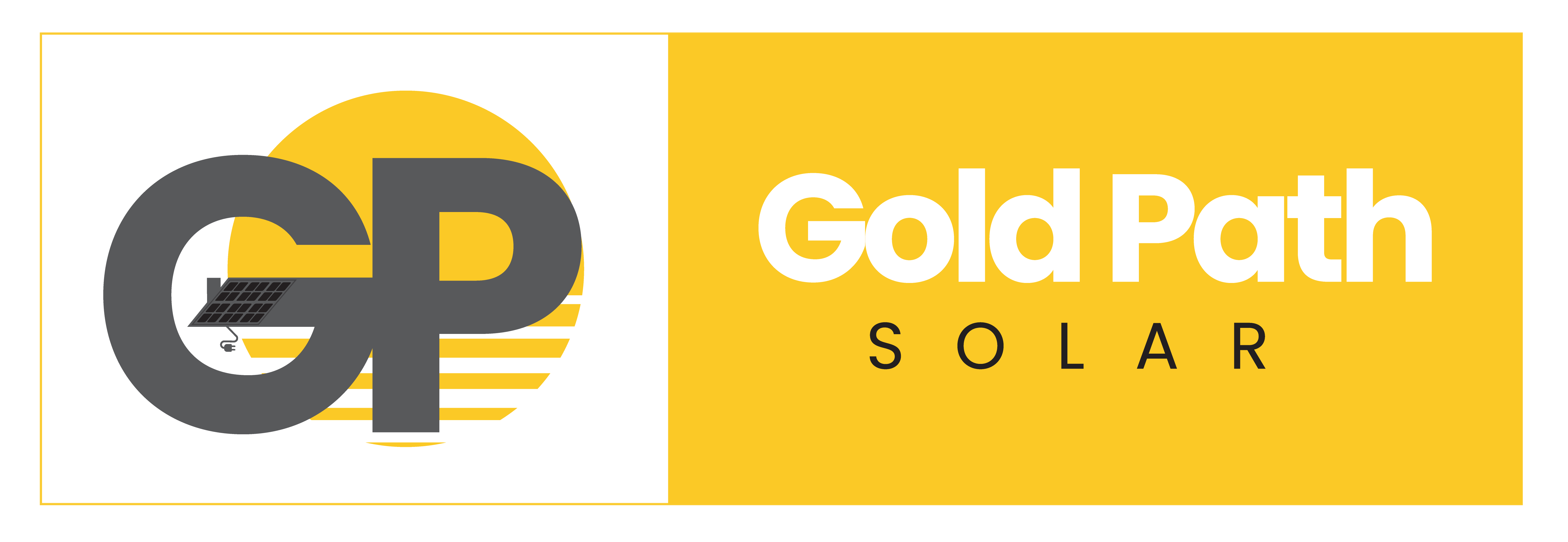Distributed generation will secure our energy future, and solar + storage will lead the way
In an era marked by increasing reliance on technology and the pressing need for sustainable energy solutions, the security of the electric grid has emerged as a paramount concern. Traditional centralized power generation systems have served us well, but they come with inherent vulnerabilities that can jeopardize grid stability. Imagine a scenario in which entire communities lose power with no end in sight. How would America function under these conditions? Economic losses would only be the start, during severe outages, lives are also lost. This is where distributed generation shines as a potent solution to bolster electric grid security and fortify our energy infrastructure against unforeseen disruptions. Solar and battery storage can in particular can lead the way in securing American's energy futures.
Understanding Distributed Generation:
Distributed generation involves generating electricity from a multitude of smaller, decentralized sources, often located closer to the point of consumption. These sources include solar panels, wind turbines, microturbines, fuel cells, and combined heat and power (CHP) systems. Unlike the conventional grid, which relies heavily on a few large power plants, distributed generation diversifies the energy landscape and minimizes the risks associated with a single point of failure. Over 80% of single family homes in America could install solar panels and battery backup systems, for example. That is as close to the consumption point as possible, and would be nearly impossible for hackers to disrupt.
Resilience in the Face of Natural Disasters:
One of the key advantages of distributed generation is its inherent resilience during natural disasters and other emergencies. In the aftermath of hurricanes, earthquakes, or other catastrophic events, centralized power plants are vulnerable to damage, leading to widespread power outages. In contrast, distributed generation systems are less susceptible to such disruptions, as the smaller units are spread across a larger area and can continue to operate independently. This feature ensures that essential services like hospitals, emergency response centers, and communication networks remain operational, enhancing overall community resilience. Take for example the Babcock Ranch community in Florida. The town is now considered "hurricane proof" because it is a solar powered community with solar panels installed on almost every building. After Hurricane Ian, the town was never without power and the residents saw almost no interruption to daily life.
Mitigating Cybersecurity Threats:
The digital age has introduced a new breed of threats to critical infrastructure, including the electric grid. Centralized power plants and transmission lines represent attractive targets for cyberattacks, which can result in devastating consequences. By embracing distributed generation, the attack surface is significantly reduced. Hacking into numerous dispersed systems is considerably more challenging than infiltrating a single, massive power plant. As a result, the impact of a successful cyberattack can be isolated, limiting its ability to disrupt the entire grid. The hacking efforts would not only be less effective if everyone owned their own solar array, but detection and recovery would be quicker as well.
Empowering Energy Independence:
Distributed generation empowers communities, businesses, and homeowners to become energy self-sufficient to varying degrees. Solar panels on rooftops, small wind turbines, and other local energy sources allow individuals to generate their own electricity. This not only reduces strain on the grid during peak demand periods but also enhances energy security by decreasing reliance on external energy sources. Furthermore, excess energy produced by these distributed systems can be fed back into the grid, creating a two-way flow of power and bolstering overall system robustness. The more people who own energy producing assets, the better. It gives community members more say in their future, and helps communities do their parts to reduce the devastating effects of climate change.
Economic Benefits and Job Creation:
The deployment of distributed generation technologies spurs local economic growth and job creation. The installation, maintenance, and operation of distributed energy systems necessitate a skilled workforce, which can stimulate employment opportunities within communities. Moreover, investing in distributed generation can revitalize rural areas by tapping into local resources and enabling farmers, for example, to generate income through renewable energy production. Solar for homes and businesses saves tens of thousands of dollars over the lifetimes of the solar arrays for property owners.
Enhancing Grid Flexibility and Load Balancing:
Distributed generation contributes to the flexibility of the grid. As renewable energy sources like solar and wind become more prevalent, their intermittent nature can pose challenges to grid stability. However, by integrating distributed generation with energy storage solutions, surplus energy can be stored during periods of low demand and released when demand is high. This load-balancing capability ensures a smoother power supply and mitigates the risk of blackouts caused by sudden spikes in demand or supply fluctuations.
Conclusion:
As the world faces evolving threats, whether from natural disasters or cyberattacks, the security of our electric grids must be a paramount concern. Distributed generation emerges as a robust solution that addresses vulnerabilities inherent in traditional centralized power generation systems. By decentralizing energy production, we not only enhance resilience in times of crisis but also promote energy independence, stimulate local economies, and pave the way for a more sustainable and secure energy future. As we continue to chart our course towards a cleaner and more secure energy landscape, the integration of distributed generation stands as a beacon of innovation and progress. The best way to get involved and help your community to see the value in this distributed generation future is to lead by example! Install solar on your property and show everyone your positive economic and environmental impact.

